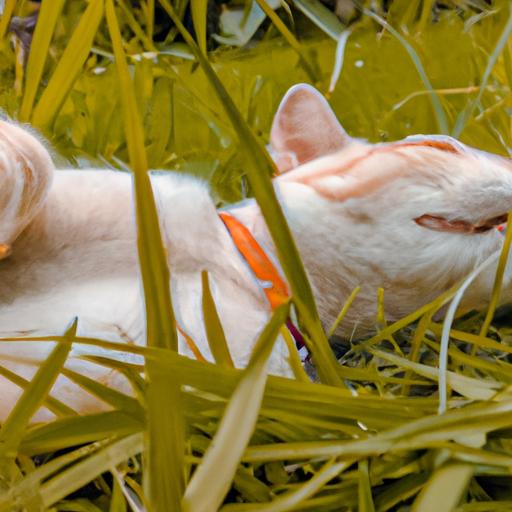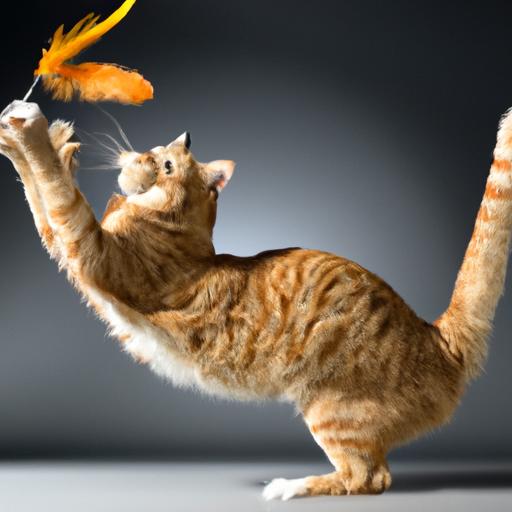
Understanding Cat Rolling Over Behavior
Discover the fascinating world of cat rolling over behavior in our comprehensive guide. Understand the meanings and messages behind this intriguing feline behavior.
Introduction
Have you ever wondered why your feline friend rolls over? Cats are mysterious creatures, and their behaviors often leave us puzzled. One such behavior is cat rolling over. In this article, we will delve into the fascinating world of cat rolling over behavior, understanding its significance, and deciphering its hidden messages.
Understanding Cat Rolling Over Behavior
Cat rolling over behavior refers to the act of a cat turning onto its back and exposing its belly. While it may seem simple at first, there is more to it than meets the eye. Cats roll over for various reasons, and their body language can provide essential clues about their intentions.
When a cat rolls over, it can indicate trust and comfort. By exposing their vulnerable belly, cats show that they feel safe in their environment and have no intention of causing harm. However, it’s important to note that not all cats roll over for the same reasons. Some may do it to seek attention, while others may use it as a play behavior or a display of submission.
FAQ about Cat Rolling Over Behavior
1. What does it mean when a cat rolls over?
When a cat rolls over, it can have multiple meanings. It can be a sign of trust, relaxation, or an invitation for play. However, it’s crucial to consider other body language cues and the context in which the behavior occurs to fully understand its message.
2. Is it safe to approach a cat that rolls over?
Approaching a cat that rolls over can be safe, but it’s essential to read their overall body language. If the cat’s body is relaxed, their tail is calm, and they exhibit other signs of contentment, it’s likely safe to approach. However, if the cat appears tense, has a flicking tail, or displays other signs of discomfort, it’s best to give them space.
3. Can rolling over be a sign of aggression in cats?
While rolling over is typically associated with positive emotions, it’s essential to consider the complete context. In rare cases, a cat may roll over as a defensive behavior to protect their vital organs. If accompanied by growling, hissing, or defensive postures, it’s best to avoid approaching the cat and consult a professional behaviorist.
4. How can I encourage my cat to roll over?
Encouraging a cat to roll over requires building trust and creating a safe environment. Provide plenty of positive reinforcement, spend quality time playing and bonding with your cat, and create a calm and stress-free atmosphere. With time, your feline companion may feel comfortable enough to roll over in your presence.
5. Are there any medical reasons why a cat may roll over?
While rolling over is typically a behavioral display, it’s important to monitor your cat’s health. In some cases, medical conditions such as pain or discomfort can cause a cat to roll over excessively. If you notice any sudden changes in behavior or suspect underlying health issues, consult your veterinarian for a thorough examination.
Conclusion
Understanding cat rolling over behavior is a fascinating journey into the intricacies of feline communication. By decoding their body language and considering the context, we can gain valuable insights into our cats’ emotions and intentions. Whether it’s a display of trust, an invitation for play, or a moment of relaxation, cat rolling over behavior holds meaning that deepens our bond with our feline friends. So the next time your cat rolls over, take a moment to appreciate the hidden messages they are conveying and cherish the unique connection you share.
Remember, each cat is an individual, and their behaviors may vary. By observing and interpreting their actions, we can better understand and communicate with these enigmatic creatures that grace our lives. So, embrace the mystery and embark on a delightful journey of understanding your cat’s rolling over behavior.























